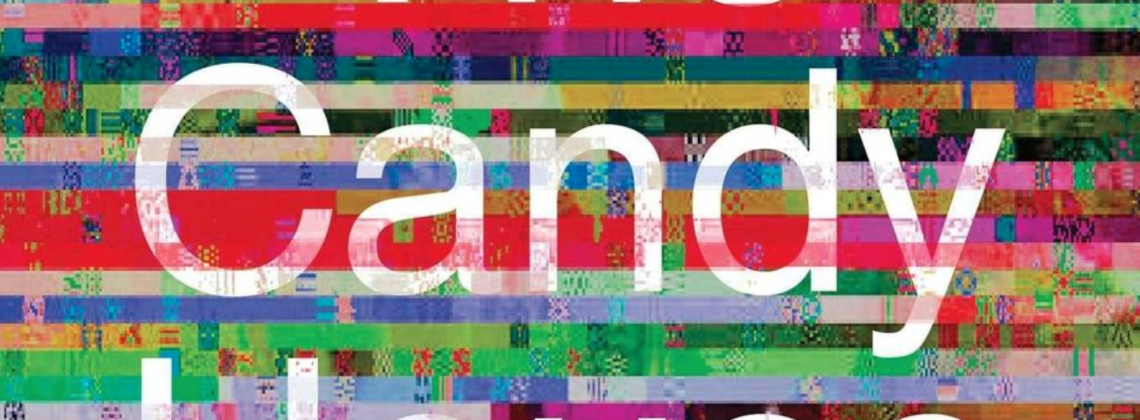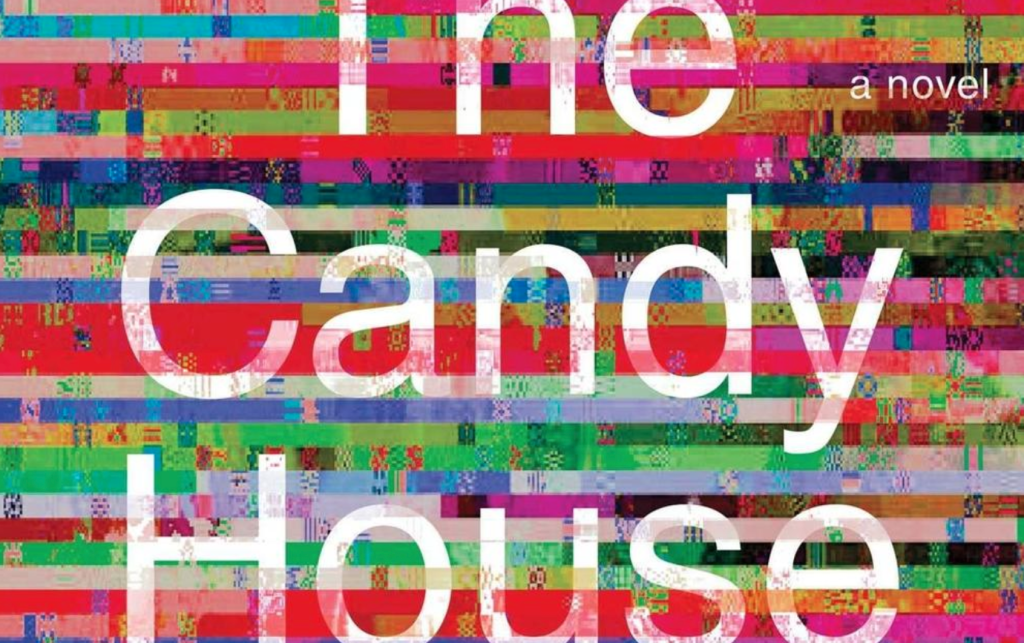

Do you think ChatGPT can write a novel? Read this book.
The Candy House by Jennifer Egan. Scribner, 2023 (paperback). 352 pp., $17.99
I remember when I really understood that American consumer culture was an enemy to my joy. It was 1999 and I was watching Fight Club. The protagonist, a nameless middle-class office worker and miserable insomniac (played by Edward Norton), joins an underground club where people physically fight one another to feel alive. The organizer of the group pontificates:
We’re the middle children of history, man. No purpose or place. We have no Great War. No Great Depression. Our Great War’s a spiritual war . . . our Great Depression is our lives. We’ve all been raised on television to believe that one day we’d all be millionaires, and movie gods, and rock stars. But we won’t. And we’re slowly learning that fact. And we’re very, very pissed off.
To ensure that the scene dripped with irony, these lines were delivered by the movie god Brad Pitt. Fight Club demonstrates that the American economy thrives on the misery of the “middle children of history.” We can’t all be Brad Pitt or Jeff Bezos. Corporations know this, so they exploit our desire for purpose and significance by selling us things that promise to deliver it. In a famous scene, the protagonist sits on the toilet with an IKEA catalog, imagining what various purchases would say about him. Pitt’s character, a kind of contemporary Thoreau gone apeshit, sums it up: “We buy things we don’t need with money we don’t have to impress people we don’t like.”
Twenty-five years later we still have no purpose or place, and we’re still selling our souls to buy status and significance. But the difference in a social media-driven economy is that there is no catalog. The way to significance is to sell yourself to whoever is buying. The irony is that we are still paying, but now we pay to grow a social media presence. In this economy, therefore, the biggest winners are those who sell platforms enabling connection and visibility. That leaves us with this century’s most salient paradox: We are a people both more interconnected and more isolated than any generation before, acutely aware of our fundamental insignificance. We are still the middle children of history, desperately and anxiously vying for a chance to be seen.
American novelists have been structurally and thematically exploring how mass consumer culture works through media and technology at least since Don DeLillo’s 1985 White Noise. Jennifer Egan’s 2010 A Visit from the Goon Squad was a dizzying tour de force in this category, even telling part of its story through a PowerPoint presentation. Egan’s The Candy House follows these same characters, ten years later. It is more dizzying still.
It imagines a future where a corporation promises that you can “Own Your Unconscious” by uploading anonymously your memories and thoughts into a “Collective Consciousness,” which then gives you the right to access the memories and thoughts of anyone else who did the same. Through advanced facial recognition software, you can discover what happened to people you met only once. You can relive your own experiences through someone else’s eyes by watching them like a movie. Your own memories are anonymous, but not the memories of others featuring you. Privacy? What privacy?
The resulting database is a collection of consumer desires and dreams, along with shameful, glorious, and mundane moments. It is also a gold mine for companies—especially since individuals give away their most private information for free. Egan’s point, of course, is that this is already happening.
The book’s title comes from a speech delivered by one of the characters who sold the original “affinity algorithms” that became the basis for cataloging the Collective Consciousness: “Fairy tales warn us: Rumpelstiltskin, King Midas, Hansel and Gretel. Never trust a candy house. It was only a matter of time before someone made them pay for what they thought they were getting for free. Why could nobody see this?” Although this character sold the algorithms that made it all possible, she herself did not upload her own memories to the collective. She’s like Steve Jobs, who did not let his own children own iPads.
The candy house warning is reason enough to read this novel. But what makes Egan’s work extraordinary is that it does not give in to dystopic despair. Rather, it does something truly spectacular and desperately needed: It celebrates the novel as a place where we can learn that humans cannot be reduced to algorithms. Novels teach us that being the “middle children of history” is not a problem. We are all middle children and we are all worthy of having a story told about us. We are all worthy of our ordinary but wonderful places under the sun. We are all worthy not of fifteen minutes of fame but of something much better: fifteen minutes of genuine connection, love, and the freedom to experience everything that is available to human consciousness. James Joyce’s Ulysses—a novel that appears everywhere in The Candy House—is about that.
Egan’s novels approach the same idea via a completely different and more difficult route. They tell short stories about many characters through several generations. The reader can see that they are connected but the characters themselves cannot. Even Dwight Garner has a hard time explaining how it works—“all this is wound together; nearly everyone is somehow connected. It’s all too much, except that it isn’t.”
But why isn’t it too much? Because of the loving gaze of the novelist. Henry James insisted that the gifted writer’s “immense sensibility . . . takes to itself the faintest hints of life, it converts the very pulses of the air into revelations.” The writer’s field is nothing less than the whole mystery of human consciousness, funneled, as it always is, through the minutest human experience.
By delivering the consummate goods of the novel, The Candy House is an epic slap down of any notion that ChatGPT could write a novel. AI can recognize patterns but not their significance. One of the characters in the novel works for a company that has him create and catalog algebraizations of stock narratives in movies and TV, where the protagonist (i) interacts with others (a,b,c) and becomes either elated (i2) or reduced (i/2). It unsettles him. He worries, “What did it mean that much of his life could be described in formulaic clichés?”
Egan’s answer is clear: It doesn’t mean anything. A cataloged database like the “Collective Consciousness” might be comprehensive but it will never be meaningful. As the narrator explains, “Knowing everything is too much like knowing nothing; without a story, it’s all just information.” Only the novelist can slow us down to see the unrepeatable glory, significance, and freedom inside any given moment.
This is why the ending of the book is so delightful. After a whirlwind tour of the lives of the very rich and ultra-connected, the novelist’s gaze merges with that of the mother of an eleven-year-old middle child who happens to be at bat with two outs in the bottom of the ninth. The mother is wringing a lump of yarn and pleading “to someone, something that her boy’s uniqueness, so manifest to her lovestruck eyes, be revealed to all: a singularity that, were there justice in the world, would rearrange the present scene and cause a beam of light to fall directly onto his head.” Egan is that someone, of course. And the novel is that beam of light. Where does it train its beam? On the middle children of history—living freely, one experience at a time.
Christina Bieber Lake is the Clyde S. Kilby Professor of English at Wheaton College, and the author of Beyond the Story: American Literary Fiction and the Limits of Materialism.